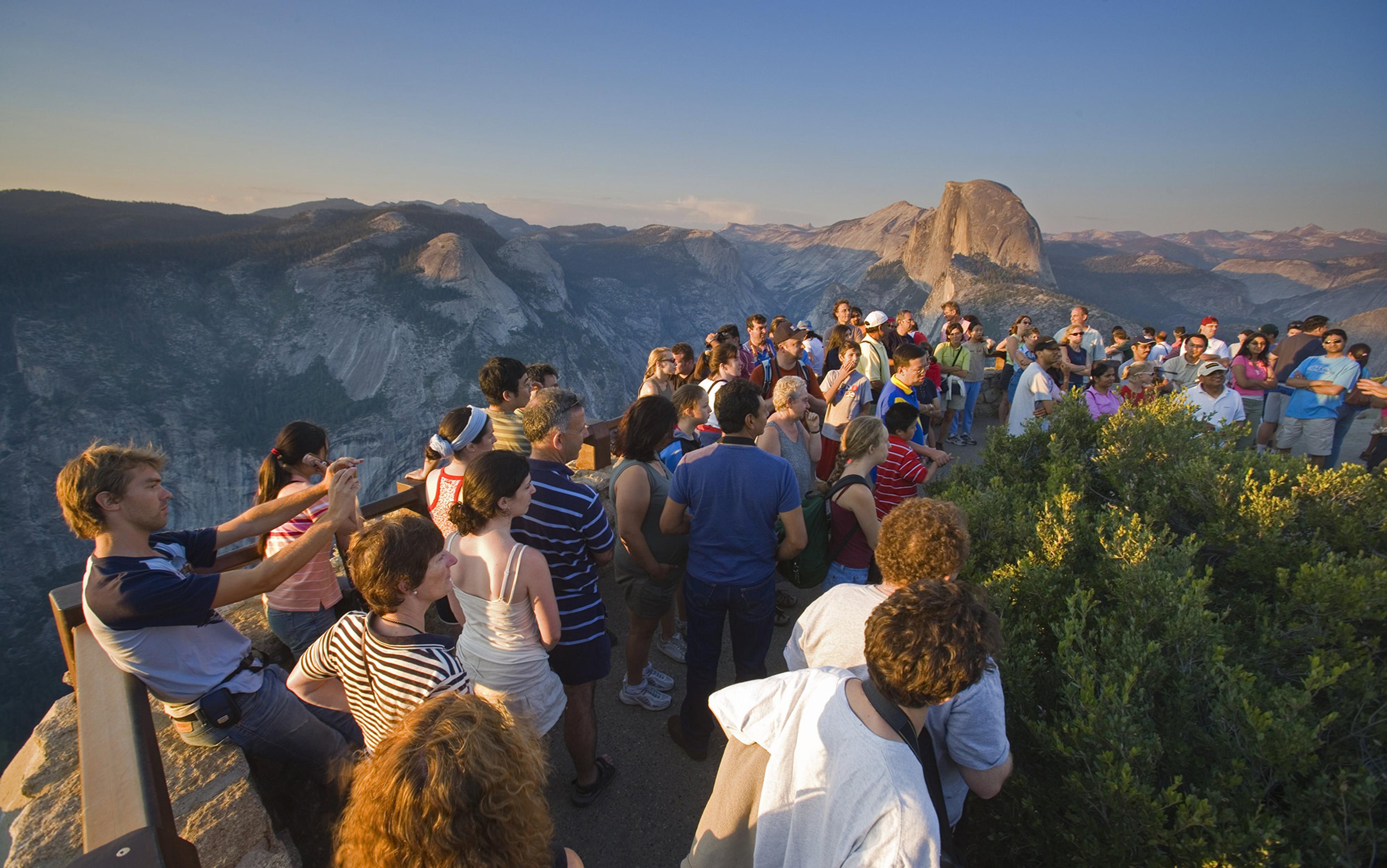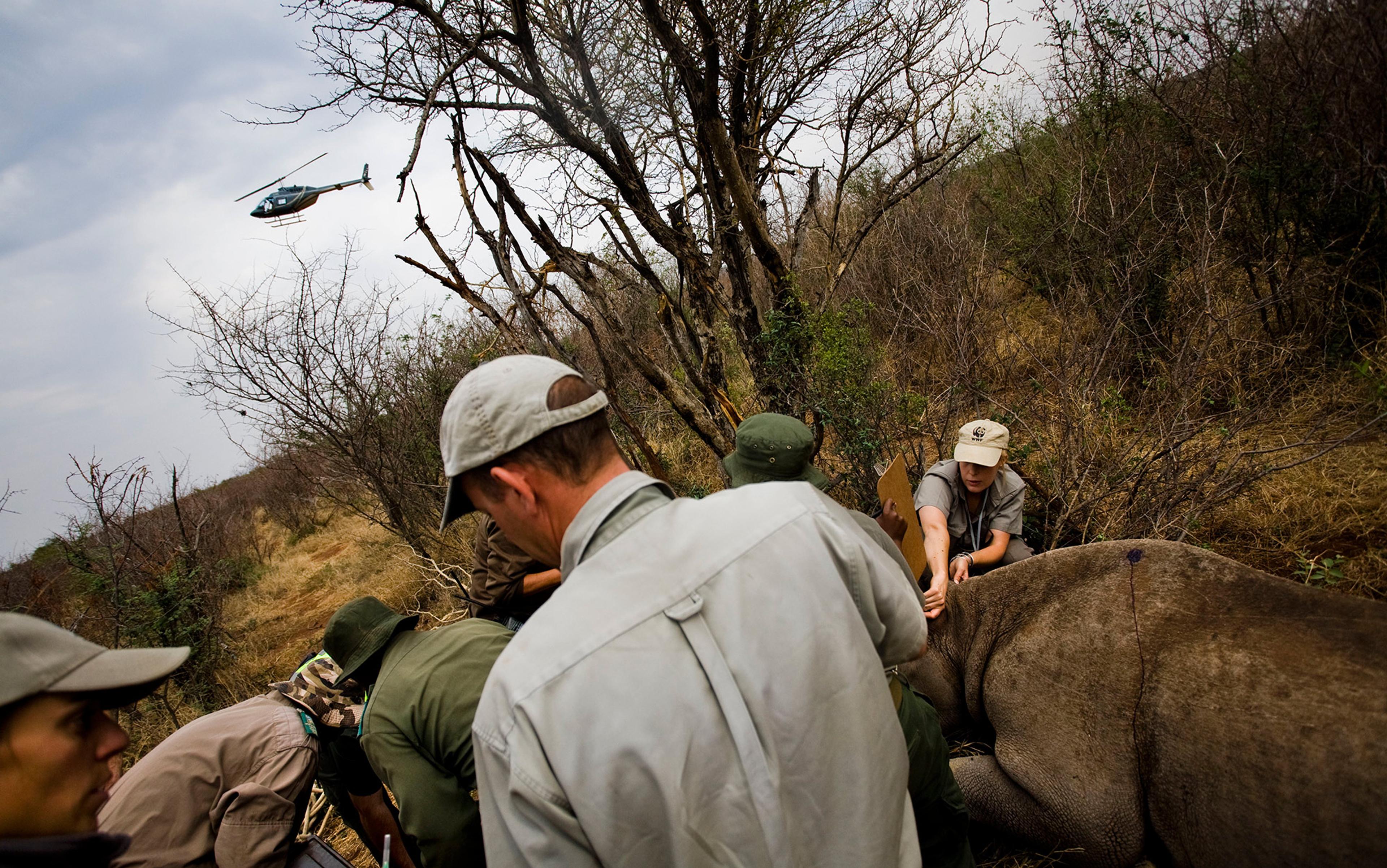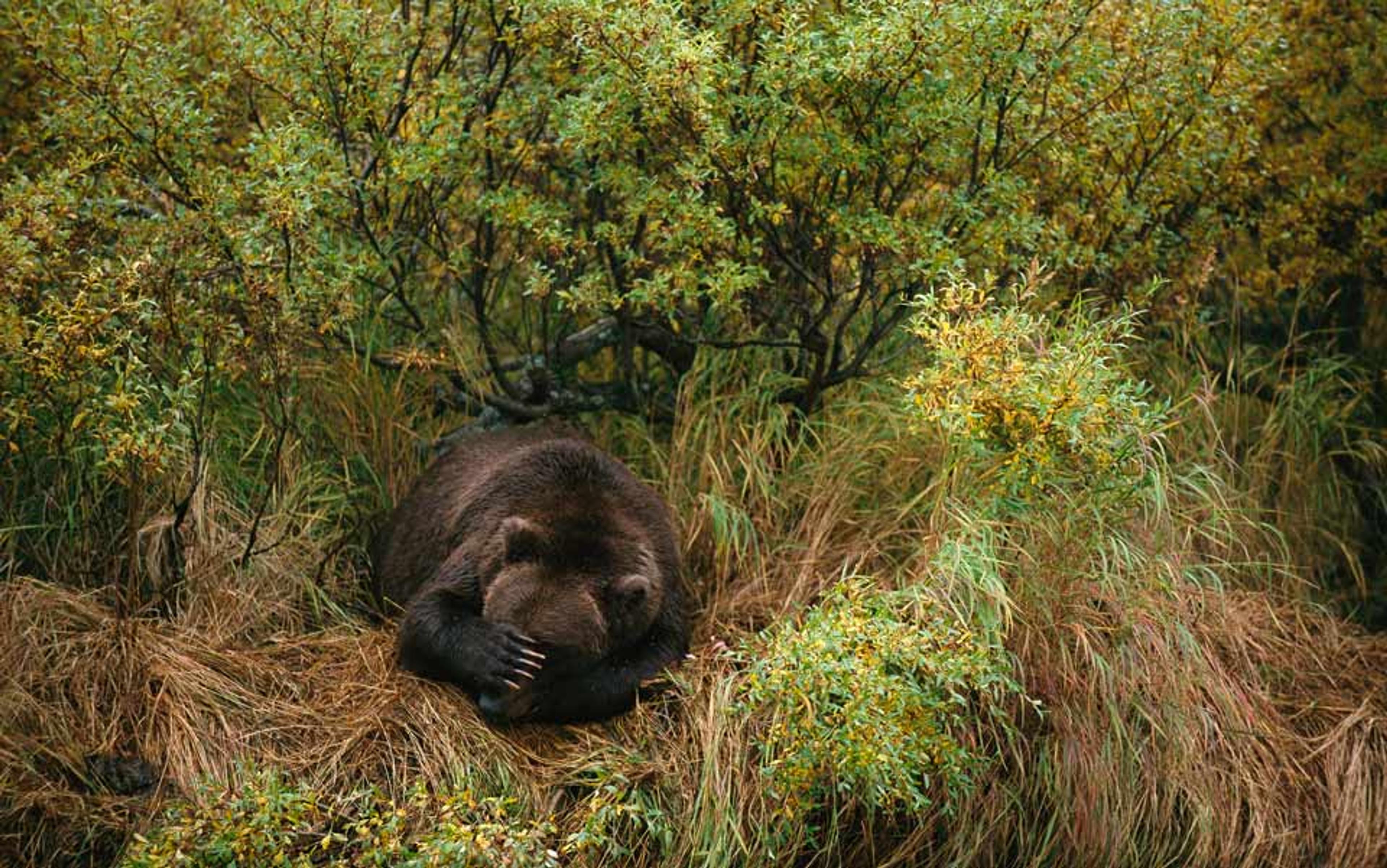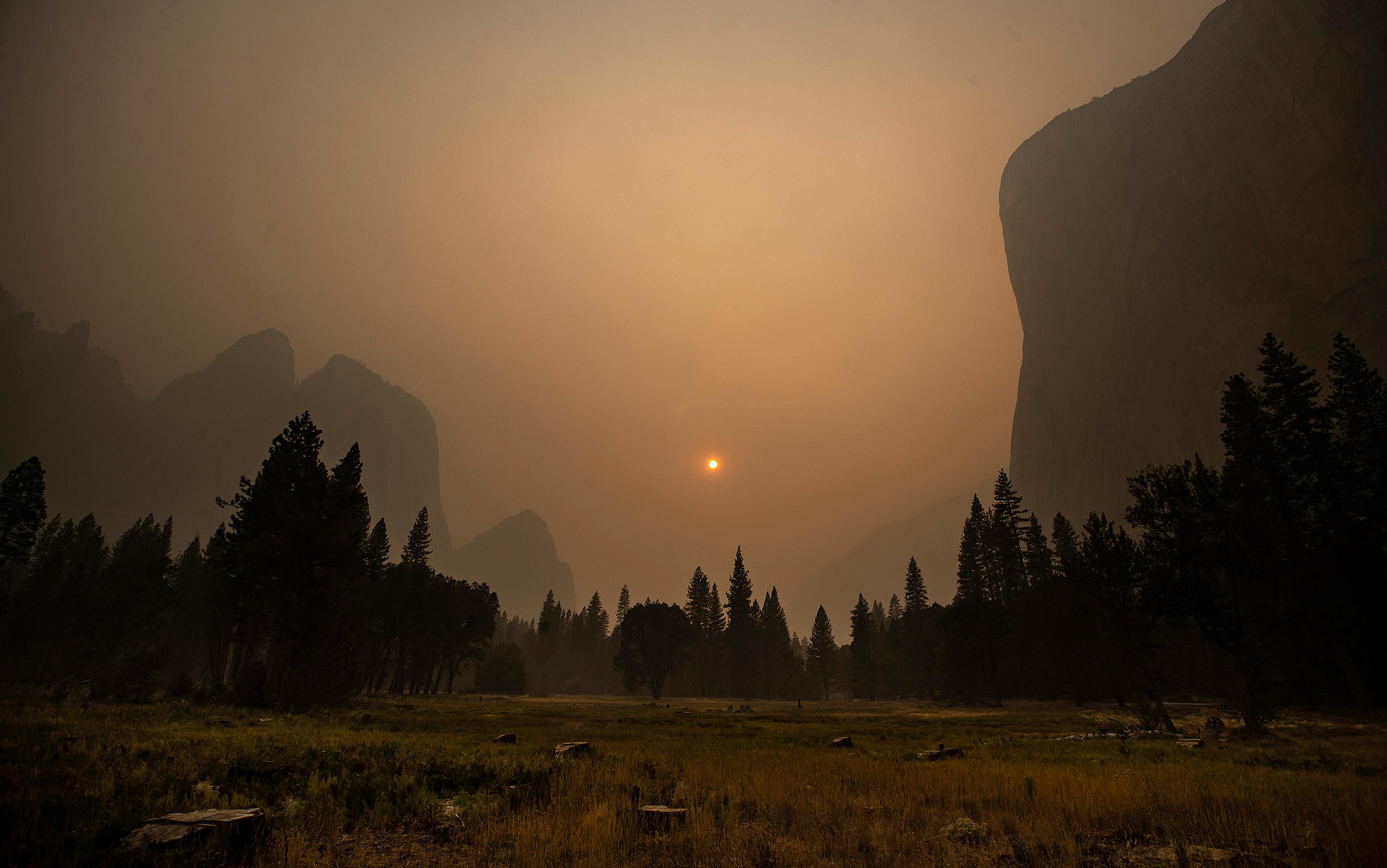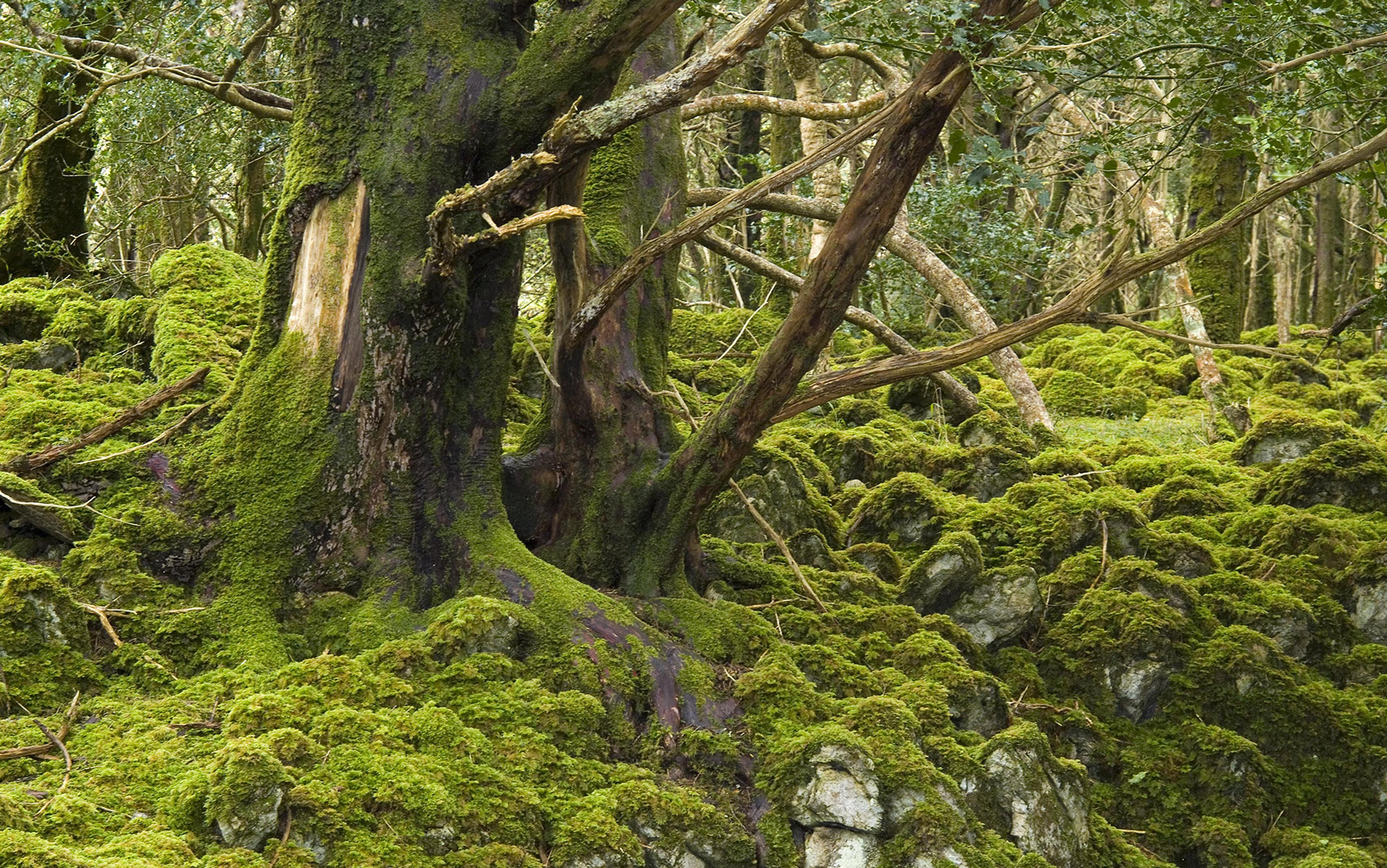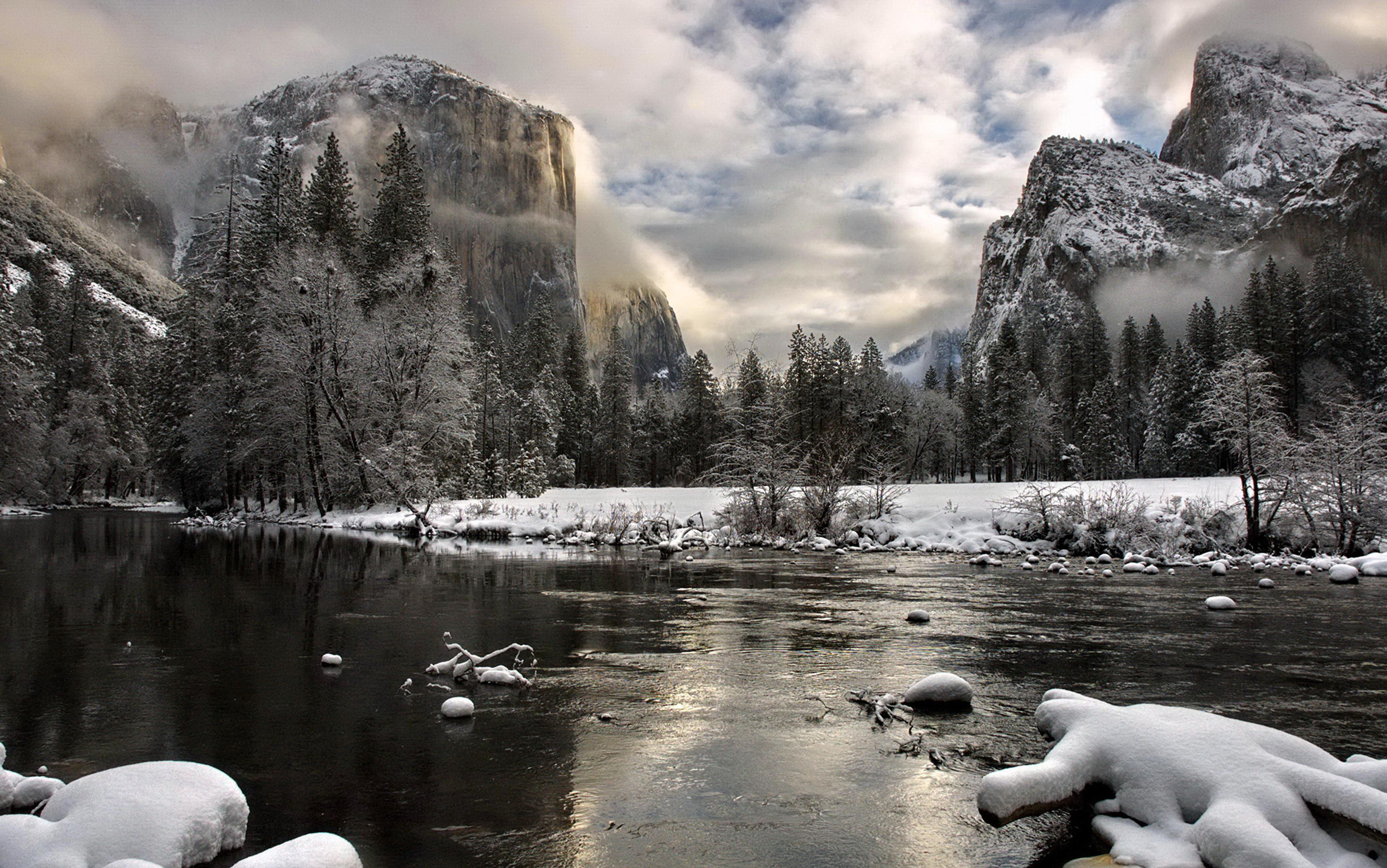It is early morning, and I am sitting on a boulder near the bottom of Yosemite Falls. I have lost my bearings, meandering around in a maze of paved trails that I never knew existed until today. I worked and lived in Yosemite for about 15 years and thought I knew the place like the back of my hand but these new paths have replaced old dirt trails that had existed for more than 100 years, winding along through a magnificent black oak forest where I used to walk. Many of the trees are now cut down to ‘enhance’ views for the increasing numbers of visitors.
There must be several hundred tourists milling around me below the Falls, and 20 or 30 tour buses lying in wait for them to return to their vehicular lair of comfort. I can see not only the upper and lower Yosemite Falls, but also the tumultuous creek flowing toward the centre of the Valley, to the Merced River that is the meandering lifeblood of the plants, animals and ecology of this incomparable place. The river has been constricted for years because of road embankments, water and sewer lines, paved trails, more than 1,000 buildings, and compacted campsites. Water doesn’t flow through the valley like it used to, and this has altered plant and animal species, what types of meadows exist where and why, and has allowed trees to encroach into once open spaces.
Meanwhile, the visitors for whom all this infrastructure exists spend about five minutes taking pictures of the Falls, interspersed with chatting with their well-dressed friends. In past years, I have sat here alone and in silence for hours, watching daylight enter the valley or moonlight leave. I try not to judge but I cannot help feeling that something is not right about this place any more.
Maybe the something is this. It’s early morning and my eye catches the glint of sunshine rising over the top of Half Dome in the eastern part of the Valley, reminding me of a summer day in 1970 when I climbed this rock formation via its most popular route, which had installed cables to assist people on the steeper portions of the climb. Back then, I saw no one in the vicinity of the cables and no one on top. This year the US National Parks Service (NPS) has initiated a permit system that will allow only 300 people per day to attempt the journey to the top of Half Dome.
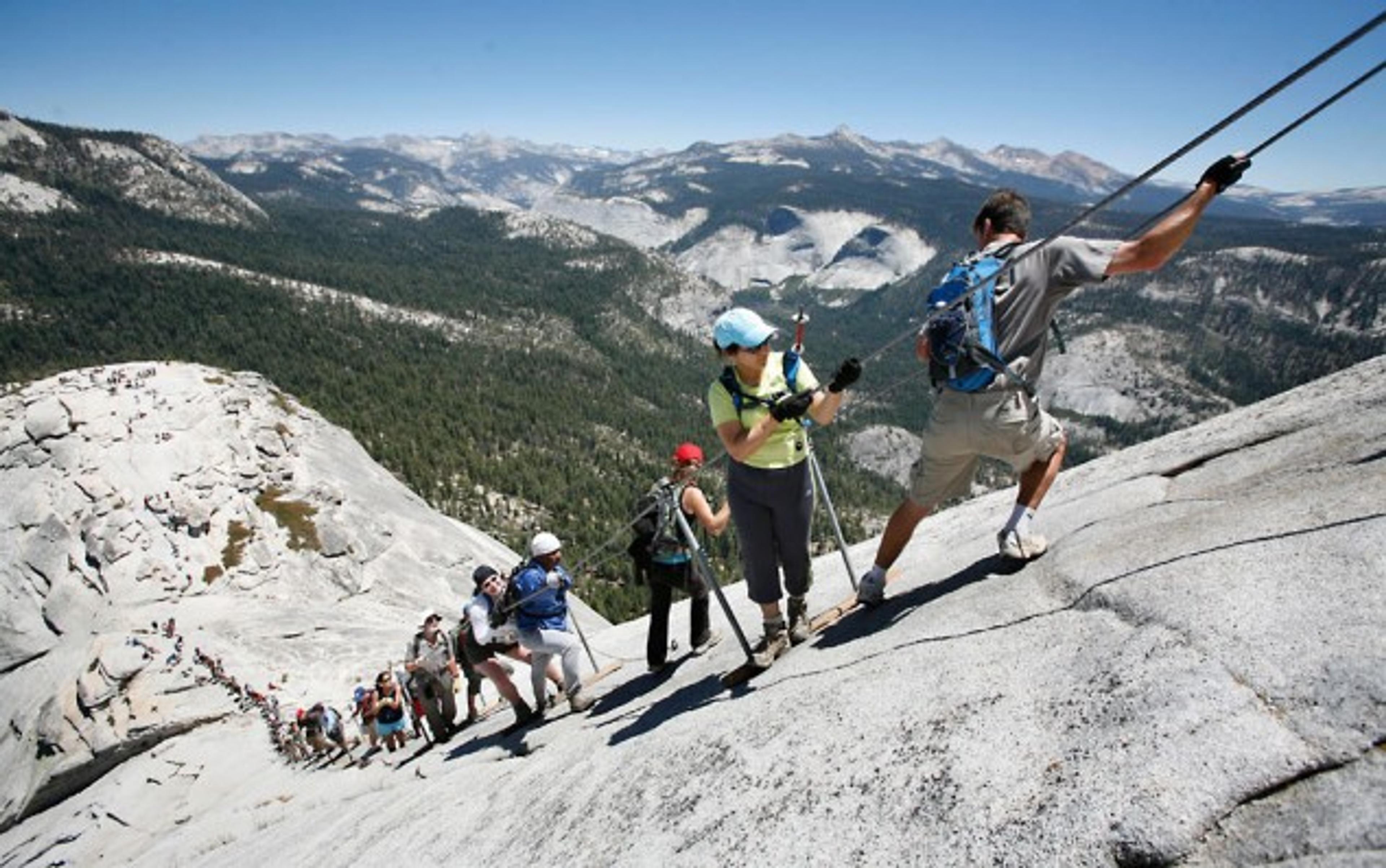
Climbers use cables to negotiate Half Dome. Photo by Michael Maloney
Or maybe the something is this. I recall the day in 2011 when Don Neubacher, the Superintendent of Yosemite National Park, expressed pride that Yosemite had just received its 4 millionth annual visitor. Visiting parks bolsters local economies and gets people excited about the beauty of nature. But typically there are two months per year when cars in Yosemite exceed parking places. On 2 July 2011, there was a two-hour wait in vehicles to enter the park, and a record total of 7,190 vehicles for 5,000 spaces (with much debate whether 5,000 cars is unacceptably high in the first place).
Or maybe the something is this. I can’t stop looking at the bear trap not far away from the Falls. Many black bears in Yosemite have been trapped and relocated because they searched for food and hence acquired the label of ‘nuisance’ bears. In the 1960s up to 40 bears were killed each year in the park; even now between 1 and 5 bears are killed every year by park management. More trapping and killing, of course, took place in parks such as Yellowstone and Glacier.
People love national parks, that’s certain. My fear is that they might love them to death.
An apocryphal story has it that on 19 September 1870, near the junction of the Firehole and Gibbon rivers in what is now Yellowstone National Park in Wyoming, during an evening campfire with fellow explorers, a Montana lawyer named Cornelius Hedges coined the term ‘national park idea’. In reality, a number of individuals contributed to this new ideal, including the artist George Catlin, the naturalist John Muir, the biologist George Wright, and the entrepreneur George W Marshall. They shared a belief in setting aside federal areas of ‘natural and scenic wonders’ for the use and enjoyment of all people, rather than just for individuals who might capitalise on personal claims on those lands.
Two years after Hedges’s apocryphal campfire, Congress passed legislation establishing Yellowstone National Park, and subsequently created another nine national parks. In 1916 the National Park Service Organic Act established a management authority that would administer not only national parks but also national monuments and significant historic sites. The Act describes the purpose of the NPS as being: ‘to conserve the scenery and the natural and historic objects and the wild life therein and to provide for the enjoyment of the same in such manner and by such means as will leave them unimpaired for the enjoyment of future generations’.
Currently, there are 59 national parks in the care of the NPS. The service’s goals and purposes have also been influential far beyond American shores, with many other countries modelling their own parks on the NPS legislation, methods of administration, training of park rangers, and methods of interpreting parks to visitors.
There are now more than 500 active concession contracts to provide services in national parks, which gross more than $1 billion annually
The vision of the national park idea has spread despite being fraught with an ambiguity that influences national park management to this day. For example, although the ‘national park idea’ was rooted in an ideal of participatory democracy through decision-making and policy-making, it never held that parks should be a place for all people or be all things to all people. The NPS seems continually embroiled in contentious policy issues, and the question remains whether the agency can ever fulfil its primary duty to protect parks and the idea that animates them, even in the face of those who clamour for more visitation, access and development.
The problem is not new.
After the establishment of Yellowstone National Park and other parks which were created prior to the NPS in 1916, it took little time for hoteliers, the Union Pacific Railroad and other transportation companies, mercantilists, and others to provide goods and services to park visitors and, importantly, means of both getting people to parks and keeping them there. Meadows were cleared; fences for livestock erected; roads built, as well as hotels, stores, and administrative and living quarters for staff; later they were joined by downhill ski areas, golf courses, swimming pools, tennis courts, and modern bars, to say nothing of numerous and large campgrounds. As the first director of the NPS, Stephen T Mather, declared in 1917: ‘Scenery is a hollow enjoyment to the tourist who sets out in the morning after an indigestible breakfast and a fitful night’s sleep on an impossible bed.’
By the 1970s, most parks had concessions owned by some of the largest US corporations, which were steadfast in encouraging use and development in the parks. There are now more than 500 active concession contracts to provide services in national parks, which gross more than $1 billion annually. Such concessioners have frequently lobbied the NPS to increase use and development, and tenaciously fought any suggestion of imposing restrictions. Yosemite National Park has more than 1,000 buildings — a third of which belong to NPS, and the rest to concessions — many of them in Yosemite Valley alone, an area of about 21 sq km and one of the most beautiful and unique places on Earth. On a typical summer day, the valley has close to 20,000 visitors and can have massive traffic jams. Here, as in other popular parks such as Grand Canyon in Arizona, annual visitor numbers exceed 4 million per year. Unfortunately, most of the development in parks has occurred in the most scenic and significant conservation areas of the parks — the very places responsible for the creation of the parks 100 years ago — places such as Yosemite Valley, Grant Village in Yellowstone, Wyoming, the South Rim of the Grand Canyon, and many others.

A bald eagle in Kenai Fjords National Park, Alaska. Photo by John Lemons
In Desert Solitaire (1968), a polemic about the problems of national parks and the beauty of America’s Southwest, Edward Abbey gores many an ox. He wrote the book after working as a seasonal ranger in Arches National Park in Utah, and accused the NPS of bringing ‘industrial tourism’ to both Arches and Canyonlands, national parks in Utah, by tampering with the land to accommodate development and roads for an unacceptably high number of tourists. Abbey’s targets were numerous: conservation groups who purportedly wanted to conserve the wilderness quality of lands in the Southwest but were guilty of too much compromise with federal and state agencies; local chambers of commerce that promoted development of the areas; even his wives (he had five) who thought he loved his beat-up pickup truck more than he loved them because it took him to the heads of gullies where he then would walk for days.
Abbey said that he would rather kill a man than a snake. Not because he loved snakes or hated men. It was, he said, ‘a question of proportion’. Parks should be about proportion, Abbey cautioned. Reluctantly, people are allowed into the great temples of red rocks and red canyons, but proportionality meant that most people stay in the Southwest parks only as visitors. He cautioned people against going to the parks he described in his book, saying that those parks were already gone or going fast. Desert Solitaire was not a travel guide, but an elegy.
When the NPS has attempted to reduce park access it has come up against powerful countervailing forces. Yosemite’s 1980 General Management Plan recommended reducing car-accessible campsites by 60 per cent and parking provision by 75 per cent. Such proposals provoke outcries from lobbyists such as Chuck Cushman, the founder and executive director of the American Land Rights Association — a non-profit, public-interest advocacy group based in Battle Ground, Washington — who has made a career of helping private land owners defend their (supposed) property rights against government agencies and fending off conservation ‘threats’ to the use of federal lands. When it comes to discussing NPS policies and actions, Cushman is not one to mince words. ‘What they’re doing is nothing less than stealing a national park from the people,’ he bluntly told a reporter for World Net Daily in 2003. Needless to say, none of the proposals for reducing cars in Yosemite Valley have been carried out.
A common interpretation of the NPS Organic Act is that it provides equally for conservation and for use and enjoyment, hence this push and pull between the conservation of parks and the use and enjoyment of them is extremely difficult to resolve. But neither Congress, the courts, nor the NPS ever defined the ambiguous words of the Organic Act. If national parks are truly to be the ‘crown jewels’ of a nation’s scenery, plants and wildlife, the NPS must develop a visionary policy to guide the management of its parks. Parks cannot be all things to all people; if the NPS is to err, it ought to favour conservation of scenery and wildlife at the expense of use.
Indeed, the Organic Act has consistently been interpreted by Congress, courts, and park scholars to place conservation (or preservation) of parks as the fundamental fiduciary responsibility of the NPS. On the other hand, the NPS has wide administrative latitude in what it can do as per the Administrative Procedures Act, which automatically gives discretion to the heads of federal agencies unless decisions are arbitrary or capricious. And it is a ‘stakeholder’ agency, meaning that it must try to respond to the views of its stakeholders. Given that those stakeholders range from people such as Edward Abbey to those such as Chuck Cushman and hold such divergent viewpoints, this seems an almost impossible task. Many scholars of parks believe that the agency has failed to develop a strong and inspirational conservation vision at its highest levels, as witnessed by the fact that visitation and development have increased in all the parks over the years, to the detriment of the very scenery, plants, and wildlife that the parks were established to protect.
This failure is not due to a lack of discussion about the future and purpose of the national parks of the US. In preparation for the NPS Centennial Celebration on 16 August 2016, the Department of Interior, the NPS, and parks’ concessioners have been issuing reports and holding meetings about the future of our national parks. Some of the reports include The Future of America’s National Parks, Advancing the National Park Idea, the 2012 progress report from America’s Great Outdoors Initiative, A Call to Action by the conference America’s Summit on National Parks: Taking Action for a New Century and Revisiting Leopold: Resource Stewardship in the National Parks. With the exception of Revisiting Leopold (after a 1963 report into wildlife management in the parks), none of the reports mention, except in passing, that we are losing the biggest battle confronting parks, that of conservation versus use and development. Even more importantly, not one of the reports makes a claim for an inspiring vision to guide national parks through the future. And I stress the importance of this last point, because ultimately the battle to save our national parks resides within each of us.
The human assault on such places as national parks will not lessen until we change to recognise that we are neither separate from, nor better than, other animals
If asked, I would recommend to the NPS Centennial Commission two additional books to serve as the basis for discussions and policies, both of which canvas so much of what national parks should be, while the official reports decidedly do not. Recall that the NPS has never defined, in any concrete manner, ‘conservation’. But Joseph Sax, a professor of law at the University of California, did. In his short but insightful and still-relevant book Mountains Without Handrails (1980), he managed to distil many of the essential problems that had been plaguing national parks since their inception, and still do.
Existing levels of use and development in most parks degrade the scenery and natural resources: this is without question. But it is worse: they hinder the very purpose of preserving those things, which is to allow visitors to contemplate and reflect on their connection to the natural world. Sax based his ideas on those of the 19th-century social critic Frederick Law Olmsted, who would have thought large modern hotels and traffic jams were anomalies in parks. Such commercialism and crowding intrudes upon our ability to contemplate the mystery and grandeur of this thing called ‘nature’. In Olmsted’s view, conservation of national parks is incompatible with high levels of use and development because national parks should give the ordinary citizen an opportunity to exercise and educate the contemplative faculty. For that reason, Olmsted wrote in 1865, the establishment of nature parks and public places was ‘justified and enforced as political duty’.
The more nature there is in national parks, the greater allowance is made for the free roaming of the human spirit and intelligence: conservation begets freedom. The setting is a precondition for activities that cultivate human independence, curiosity, and self-directed thought. It is only those areas, free from development, that allow contemplation and reflection, and that do not depend for our attention on artificial entertainment found in such places as modern hotels, bars and ski slopes. The ideas of Olmsted and Sax provide a strong basis for a contemplative, reflective and non-consumptive experience in national parks, although their views are decidedly anthropocentric — that is, they centre on human needs rather than those of wildlife or the ecosystems in which they exist.
The second book I would recommend is The Fallacy of Wildlife Conservation (1981) by John Livingston, a Canadian biologist. Sax and Livingston come to many of the same conclusions about the need for parks to be free of development and heavy visitation. However, Livingston rejects the idea that conservation should serve human needs (even rarefied ones). He reminds us that the human assault on such places as national parks will not lessen until we change to recognise that we are neither separate from, nor better than, other animals. We are only different. Relatively undeveloped national parks serve to benefit animals, not human beings, no matter how sympathetic those humans might be. When it comes to national parks, technology, politics and complicated public transportation schemes will not provide the solution. Only a change in our own values and what we accept as our place in nature will make any difference. Although the NPS 2012 report Revisiting Leopold provides a reminder about the scientific reasons to protect nature in national parks (and the challenges of doing so), Livingston’s The Fallacy of Wildlife Conservation provides a powerful philosophical rationale to underpin these efforts.
It is not, then, the standoff between conservation on the one hand and use and development on the other that is the most significant problem for national parks. Rather, it is the challenge of communicating the founding ideal of the parks to a wider public, and persuading them to expect their national park experience to be an authentic one, with little or no human-manufactured distraction.
If national parks are to remain the pinnacle of a nation’s beauty, natural resources and cultural heritage, then they simply cannot be viewed and treated as typical recreation areas. And if such a pinnacle is achieved, then as Edward Abbey said in Desert Solitaire:
They will complain of physical hardship, these sons of the pioneers. Not for long; once they rediscover the pleasures of actually operating their own limbs and senses in a varied, spontaneous, voluntary style, they will complain instead of crawling back into a car; they may even object to returning to desk and office and that drywall box on Mossy Brook Circle. The fires of revolt may be kindled — which means hope for us all.
Many people hold a memory of experiences in some of the world’s national parks. These memories have helped to foster good times, and sustained people through more mundane or even difficult times: another gift that national parks and other special places can give us, even when we are distant from them. Yet for such treasured memories to be created, national parks must be places in which heightened sensory or aesthetic experiences can be had, either in moments of intense awareness, or over long periods of time in which we familiarise ourselves with the ecology and landscape of a place. These experiences must be sufficiently authentic and profound to etch themselves into our very being. This etching cannot be done in the midst of crowded conditions, excessive development, or traffic jams on narrow park roads.
